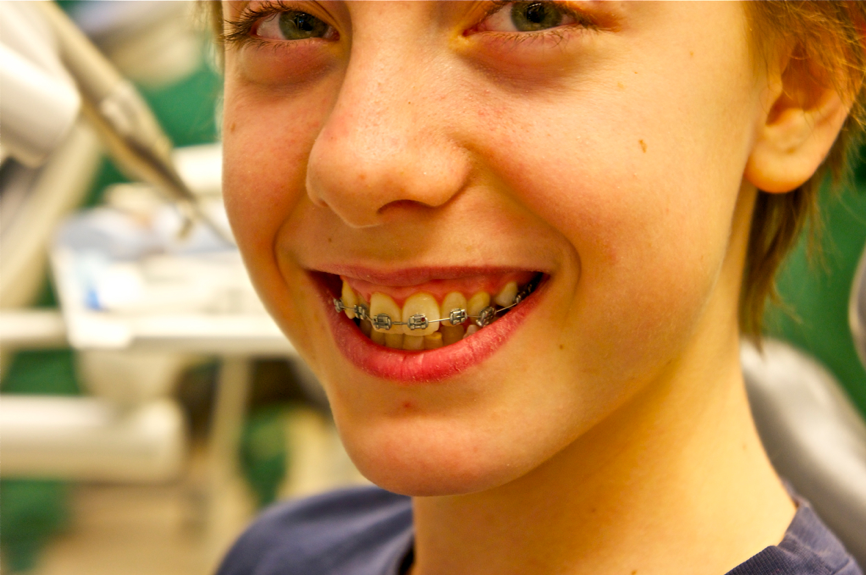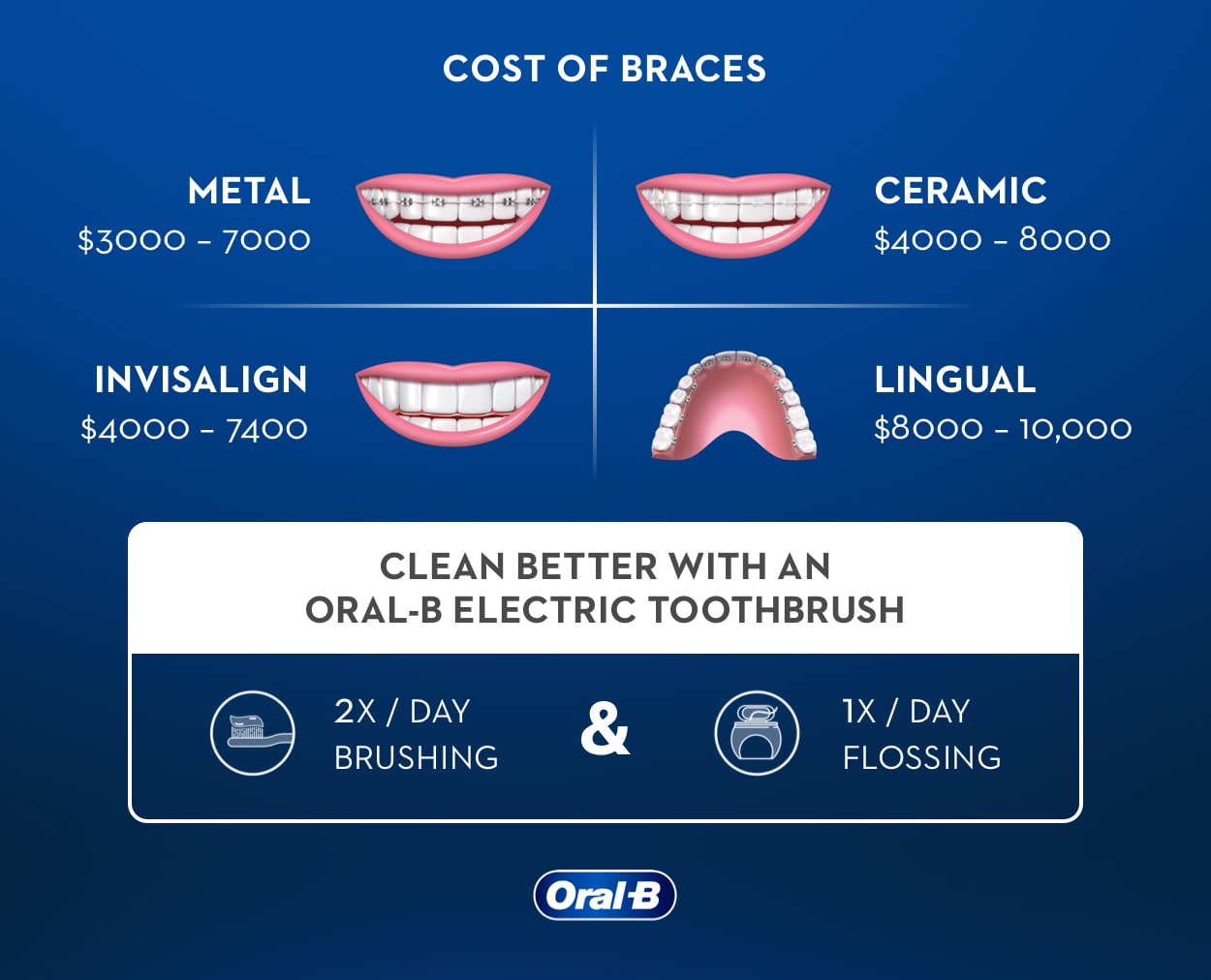Top Tips for Choosing the very best Cumming Orthodontist for Braces and Aligners
Top Tips for Choosing the very best Cumming Orthodontist for Braces and Aligners
Blog Article
Comprehensive Guide to Orthodontics Procedures for Remedying Oral Misalignments
Comprehending the details of each procedure, including their mechanisms, benefits, and potential drawbacks, is important in making notified decisions concerning one's orthodontic treatment. As we navigate with the detailed overview to orthodontic procedures for correcting dental imbalances, the detailed information of each method will unfold, shedding light on the course towards a unified and practical dental placement.
Orthodontic Procedures Introduction

Along with conventional braces and clear aligners, orthodontists might additionally advise other interventions like headgear, palatal expanders, or retainers to attend to particular placement problems (braces). These procedures are tailored to every patient's special requirements and might involve a mix of therapies to achieve the preferred outcomes. Routine adjustments and tracking are essential components of orthodontic treatment to make certain progress gets on track and to make any kind of needed alterations in the process. By undertaking orthodontic procedures, clients can not just accomplish a straighter grin yet likewise enhance their general dental wellness and feature.
Conventional Braces: Just How They Work
When considering orthodontic treatments for dental imbalances, typical braces stand out as a reliable technique for dealing with teeth positioning. Conventional dental braces consist of braces, cables, and bands that function with each other to use constant stress on the teeth, gradually moving them right into the wanted alignment.
One secret element of how standard dental braces job is the procedure of bone improvement. As pressure is put on the teeth through the braces, the bone bordering the teeth is reshaped to support the brand-new tooth placements. This improvement is important for the lasting stability of the fixed alignment. Patients will need routine changes at the orthodontist's office to guarantee the dental braces remain to use the right pressure for reliable teeth motion.
Invisible Aligners: Benefits And Drawbacks
These clear, customized trays are practically invisible when worn, making them an appealing option for people seeking a more cosmetically pleasing orthodontic treatment. Clients can remove the aligners prior to consuming or brushing their teeth, minimizing the risk of food getting stuck in the appliance and streamlining the cleaning procedure.

Surgical Orthodontic Options
Surgical treatments in orthodontics present sensible options for resolving intricate dental misalignments that may not be efficiently solved with standard orthodontic therapies. While typical dental braces and invisible aligners can remedy several orthodontic concerns, certain situations need medical treatment to attain optimum outcomes. Surgical orthodontic options are normally advised for extreme malocclusions, considerable jaw disparities, and instances where the underlying bone framework requires alteration to attain correct positioning.
One usual surgical orthodontic treatment is orthognathic surgical procedure, which entails rearranging the jaws to deal with useful concerns such as trouble eating or speaking. This surgical treatment is commonly carried out in partnership look at here with an orthodontist that helps straighten the teeth prior to and after the treatment. Surgical orthodontics may also general dentistry for kids include procedures to expose influenced teeth, eliminate excess gum cells, or improve the jawbone to produce an extra unified face account.
Prior to considering medical orthodontic options, people go through a thorough evaluation to figure out the necessity and prospective advantages of such interventions. cumming invisalign. While surgical treatment might seem overwhelming, it can substantially improve both the feature and aesthetic appeals of the smile in instances where traditional orthodontic treatments fail
Retainers and Post-Treatment Treatment

Post-treatment treatment involves adhering to the orthodontist's directions diligently. This may consist of proper oral health practices, participating in follow-up visits, and putting on the retainers as recommended. Failure to follow post-treatment treatment directions can cause regression, where the teeth slowly move back in the direction of their original positions. Constant retainer wear, good dental health, and regular dental exams are vital for keeping the results accomplished via orthodontic surgical treatment and making sure the great site long-term security of the fixed oral alignment.
Conclusion
In verdict, orthodontic treatments offer different options for correcting oral imbalances. Conventional braces make use of steel brackets and cords to move teeth into correct positioning. Unnoticeable aligners provide an even more discreet option but might not appropriate for all cases. Surgical orthodontic alternatives are readily available for much more severe misalignments. Retainers are generally utilized post-treatment to maintain the brand-new positioning. In general, orthodontic treatments can successfully improve oral health and wellness and aesthetic look.
As we browse with the extensive guide to orthodontic treatments for fixing oral misalignments, the detailed information of each method will certainly unravel, losing light on the course toward a unified and functional dental positioning. - orthodontist
One of the most common orthodontic therapies is the use of dental braces, which consist of steel braces and cables that use gentle pressure to progressively shift teeth right into the desired setting.When considering orthodontic therapies for oral misalignments, typical braces stand out as a reliable method for fixing teeth placing. Additionally, unnoticeable aligners might not be suitable for complicated orthodontic problems that call for more considerable teeth movement, as they are usually recommended for light to moderate instances. Retainers are personalized orthodontic devices designed to hold teeth in their dealt with placements after the completion of orthodontic treatment.
Report this page